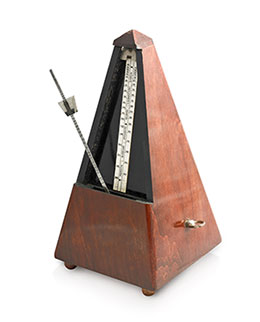 In discussions about writing there is often talk of a writer’s “Voice,” the voice of the narrator, be it the author’s voice or the character who is relating the tale. Not often mentioned is the rhythm or cadence of a narrative.
In discussions about writing there is often talk of a writer’s “Voice,” the voice of the narrator, be it the author’s voice or the character who is relating the tale. Not often mentioned is the rhythm or cadence of a narrative.
What I am writing about here is close to poetic usage, but not quite. A well written piece contains a natural, consistent flow of words that carries, indeed propels, the reader forward. Choppy, halting prose, causes the reader to stumble, so to speak. The English language, with its immense vocabulary, allows for infinite word choice, with vast varieties of syllable structure. It also allows for great simplicity. But that word choice is crucial, because it has much to do with structural rhythm.
Pick up an eighteenth century novel, say by Sarah Fielding, and compare it with the nineteenth century prose of Alcott, and then the twentieth century writing of Baum, or J.K. Rowling (all writers for young people) and you will immediately feel different rhythmic structures.
And while there are these general patterns of cadence for various historical periods, I would suggest that each and every book, to be successful, requires its own rhythm.
The best way to sense this in your own work is to read it out loud. Read it to someone, but listen carefully for that rhythm. Have a pencil in hand, and when that rhythm breaks (and it will!) mark and then rewrite.
Be consistent, strengthen that rhythm, and you will have a better piece of writing.
1 thought on “Listening for rhythm”
Beautiful advice. That probably explains why I give up on some books.